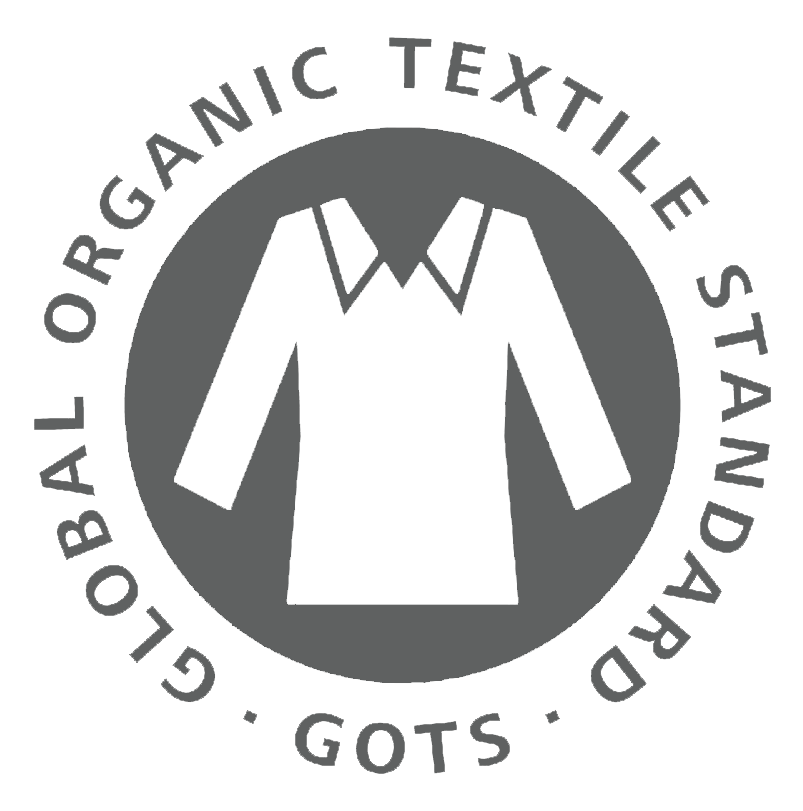Real silk v fake silk: what’s the difference?
Since its very first discovery back in 3000 BC, silk has been the most sought after textile in the world. It’s an amazing fabric, incredibly strong and versatile with a huge range of benefits and uses. Real silk is premium and luxurious, and its sheer elegance and quality makes it attractive for those looking to make a high-end purchase that will last them a lifetime.
With all of that being said, it’s no surprise that people and companies all over the world are desperate to recreate its properties and sell off cheap, fake immitation silks as if it’s the real deal.
Unfortunately for us, this popular silk scam is made far easier with the acceleration in online shopping over the years. We’re seeing marketplaces like Amazon and eBay flooded with fake silks, and the problem here is – customers don’t know what they’re buying, or who they’re buying from.
It doesn’t stop there either, there are many online stores that have aced their branding to make them seem legitimate, but the silk produce that they’re selling is far from.
So, how do I know if my silk is real?
While it may seem difficult to know if you’re really purchasing genuine silk before you’ve already handed over your hard earned cash, there are a few tips and tricks that can help you to work out the differences between a quality silk fabric and a synthetic man-made material.
Price
Of course, monetary value always comes into play when it’s a case of spotting a real from a fake, whether it’s for snatching up that designer bag or landing yourself a new silk gown.
Coming across a relatively cheap silk garment should set alarm bells ringing straight away. Silk is an incredibly expensive textile, and while some genuine manufacturers can afford to offer it at reasonable prices, if you’re seeing something at an extremely low price then it’s probably too good to be true.
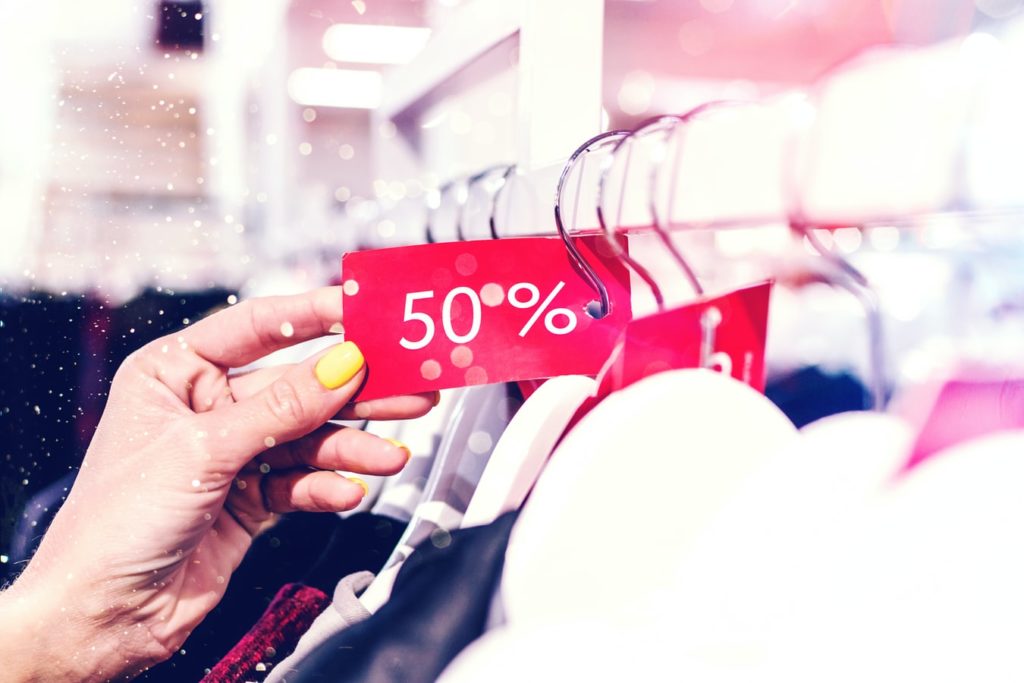
Generally, real silk costs at least ten times more to produce than synthetic fibres, so it’s unlikely that you’ll manage to grab too much of a bargain when buying the real deal. So, that £10 silk blouse you’re looking to buy has a good chance of being made from a lookalike polyester fabric.
It’s important to be wary though, as the prices of fake silk can sometimes be hiked up to make them appear legitimate. In this case, we’d recommend possibly doing some background research on the company in question, and maybe comparing their seemingly high prices to that of genuine products.
Satin or silk?
Watch out for anything listed as satin, or “silky satin”. To the untrained eye, it can often be misconstrued that satin is a type of silk – it’s not.
Sure, there are satin silk qualities such as crepe backed satin, satin faced georgette and so on, but this is because satin is a type of weave. It’s the term used to describe the weaving technique and actually doesn’t relate to the material at all.

Instead, you want to be looking out for products that are described directly as ‘Silk’ or ‘Silk Satin’ when looking for genuine silk.
Appearance
The difference between the way real silk looks compared to its imitations are a dead giveaway. The lustre of silk simply cannot be replicated, and is entirely different from any other fabric.
Highly regarded for its shimmering properties, the triangular prism-like structure of silk fibers not only helps it to shine but also allows it to reflect light in different ways. This allows for a multicoloured sheen, as it refracts light from different angles to produce a multitude of colours.
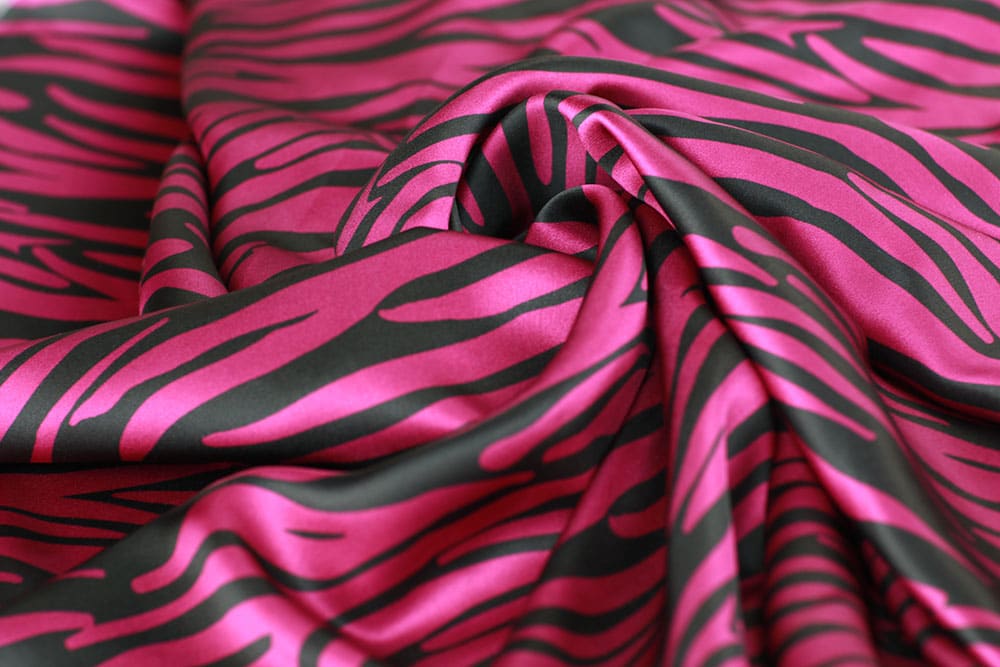
With synthetic fibers, the material may look like it’s shimmering but in reality, it’s only shining white no matter the angle.
Weave
This can be a tricky one to identify, but by closely inspecting the quality of its weave, you may be able to determine whether your silk is real or not.
Real silk is often made by hand, there for is succeptible to minor imperfections in the weaving. Fake silk is generally mass-made by machines, and will almost always be flawless.

Although, we do have to point out that this isn’t an entirely foolproof way of detection – as genuine silk can also be produced by machines.
How to test if your silk is real
Once you’ve got your hands on your silk (or fake silk) there are a few simple tests that can be done at home if you’re really unsure on its legitimacy.
Hand touch
Simply touch your silk and get a good feel for the smoothness of it. Real silk is completely smooth to the touch, with a soft and almost waxy feeling.
Further to that, if you scrunch it up a bit in your hand, you should hear a crunching noise – that sound should tell you that it’s the real deal.

For extra peace of mind, rub the silk between your fingers for a little while. Real silk heats up and becomes warm to the touch – if it doesn’t change in temperature, it’s a fake.
The ring test
Take any jewellery ring that you’ve got to hand, and place it on your fabric. Gently pull the silk through the middle of the ring and see how it performs.
Real silk should smoothly glide through the ring with no issues, whereas synthetic fibres will usually get caught on the ring or bunch up.
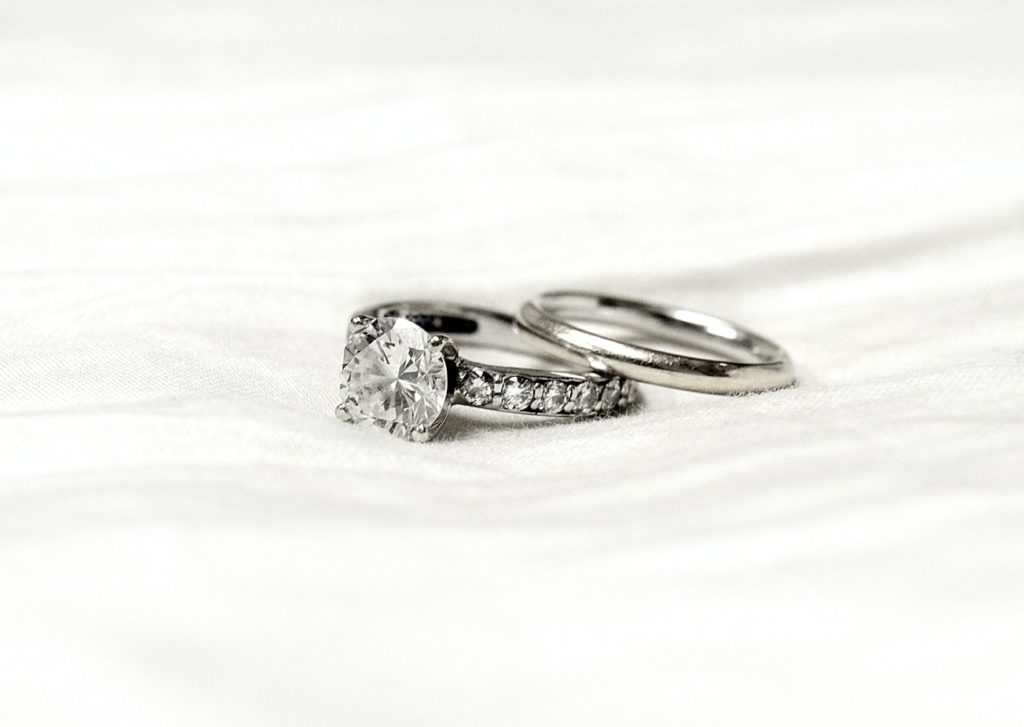
Note: The outcome of this test can also depend on the thickness of the fabric. Generally, thicker silks will be more difficult to pull through.
The burn test
This isn’t a method that we’d really recommend unless you want to chance completely destroying your silk fabric, but the accuracy of the results can’t really be beaten.
Trusting your sense of smell, by carefully taking a lighter to your fabric you’ll be able to detect the differences between the smell of burning real silk, and burning artificial fabrics.
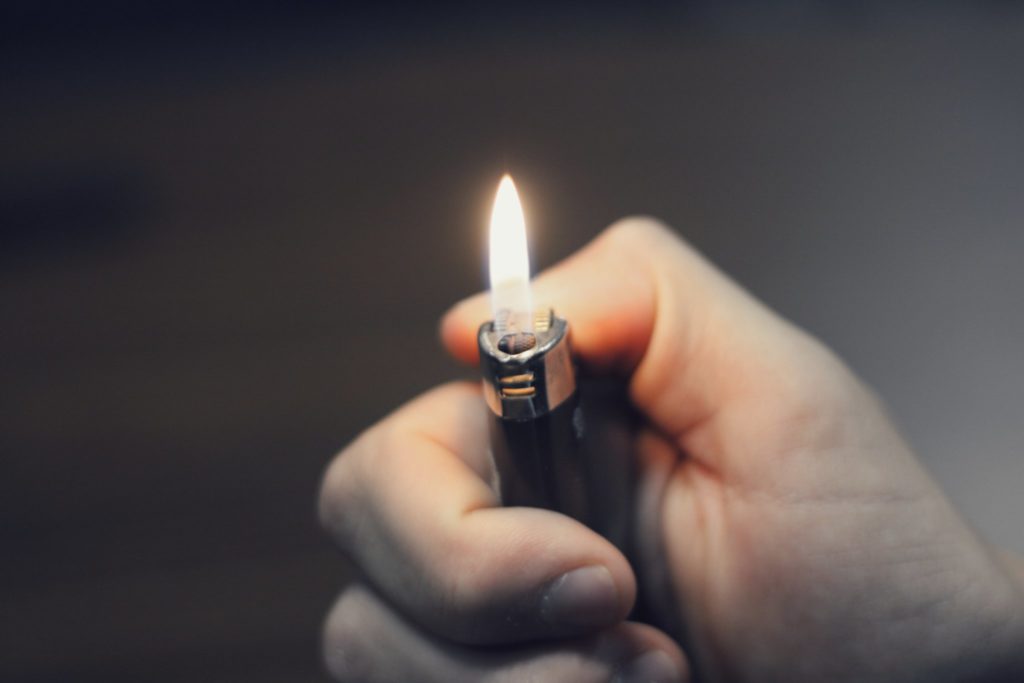
When burnt, real silk will smell similar to burning hair and produce brittle ash. Once the flame is removed, it’ll stop burning.
If there’s no ash present and it smells like burning plastic, it’s not real silk.
If there’s one thing you take away from this article, we hope that it’s to be more cautious when buying silk – it can be too easy to be mis-sold.
Biddle Sawyer Silks are a UK leading wholesale silk supplier, offering only 100% genuine fine quality silks. To place an order or find out more about our products & services, please get in touch with us.


